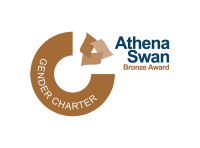During the Early and Middle Bronze Age (2500-1600 B.C), a range of exchange networks linked Arabia, Iraq, Iran, Bahrain and South Asia, facilitating the long-distance movement of a wide variety of raw materials and finished products. Texts from the Sargonic and Ur III period (2300-2000 BC) provide us with lists of commodities entering Mesopotamia from toponyms referred to as ‘Dilmun’ (Bahrain), ‘Magan’ (south-eastern Arabia and southern Iran), and ‘Meluhha’ (the Indus Civilisation), which include copper, tin, semi-precious stones, as well as organic products.
